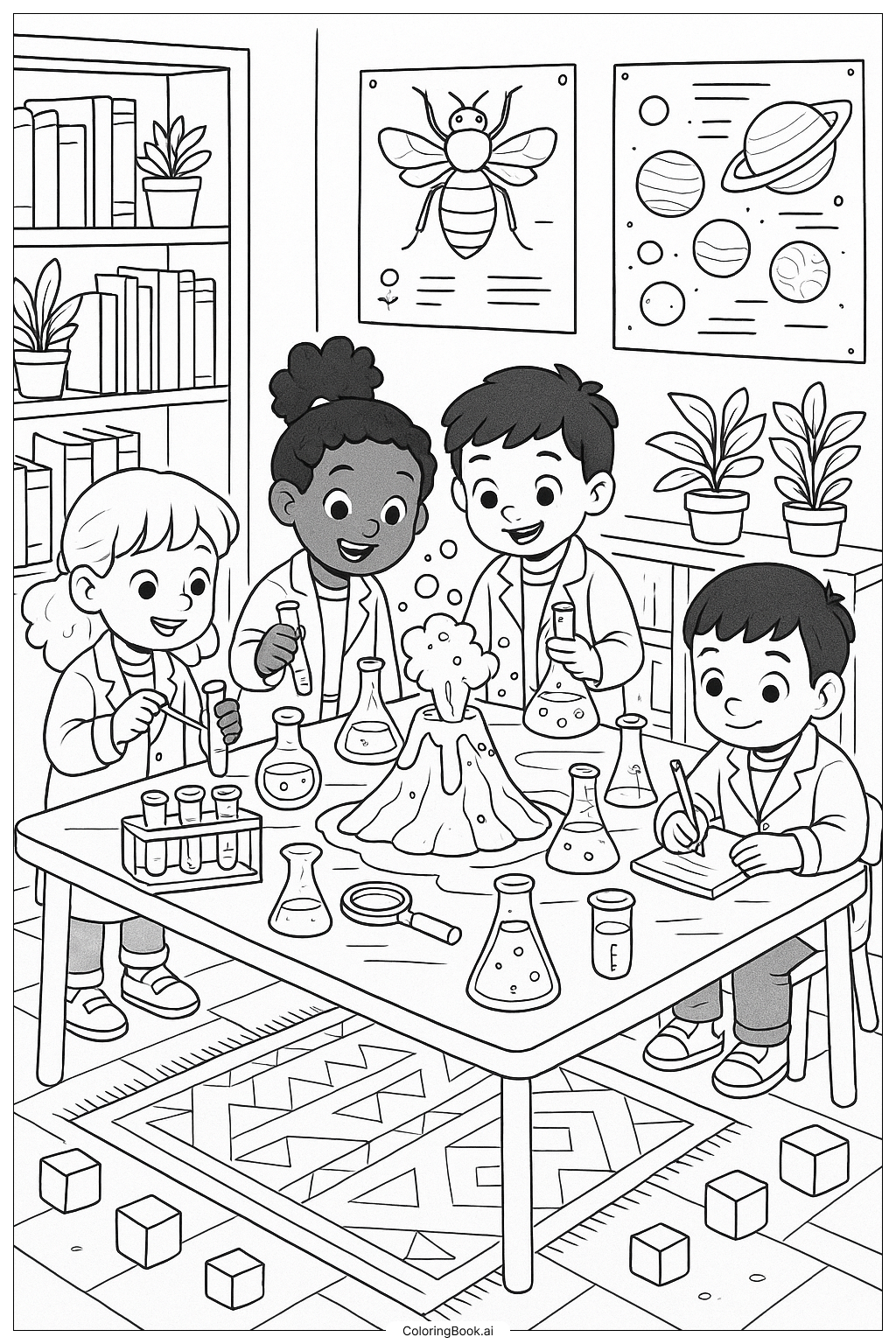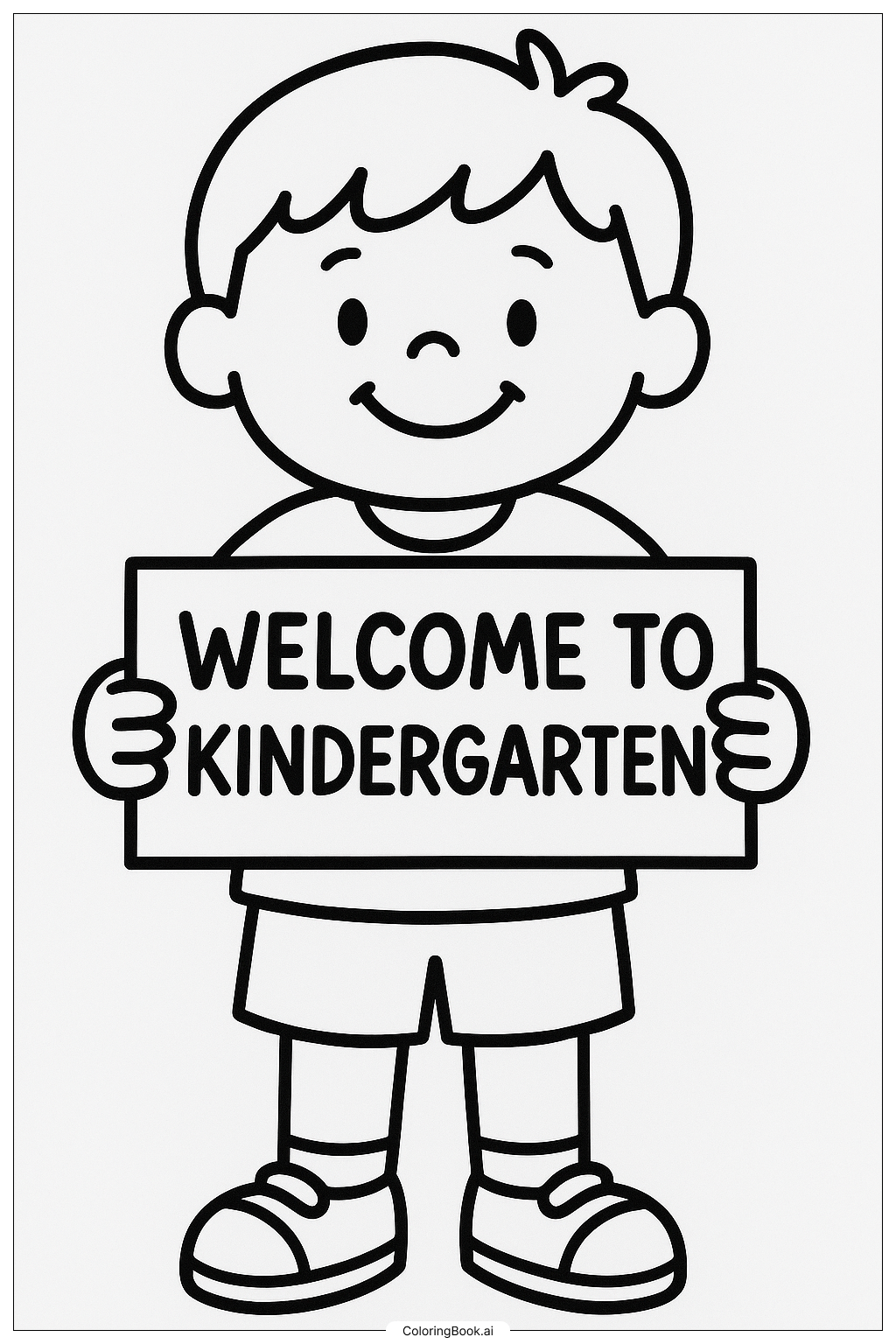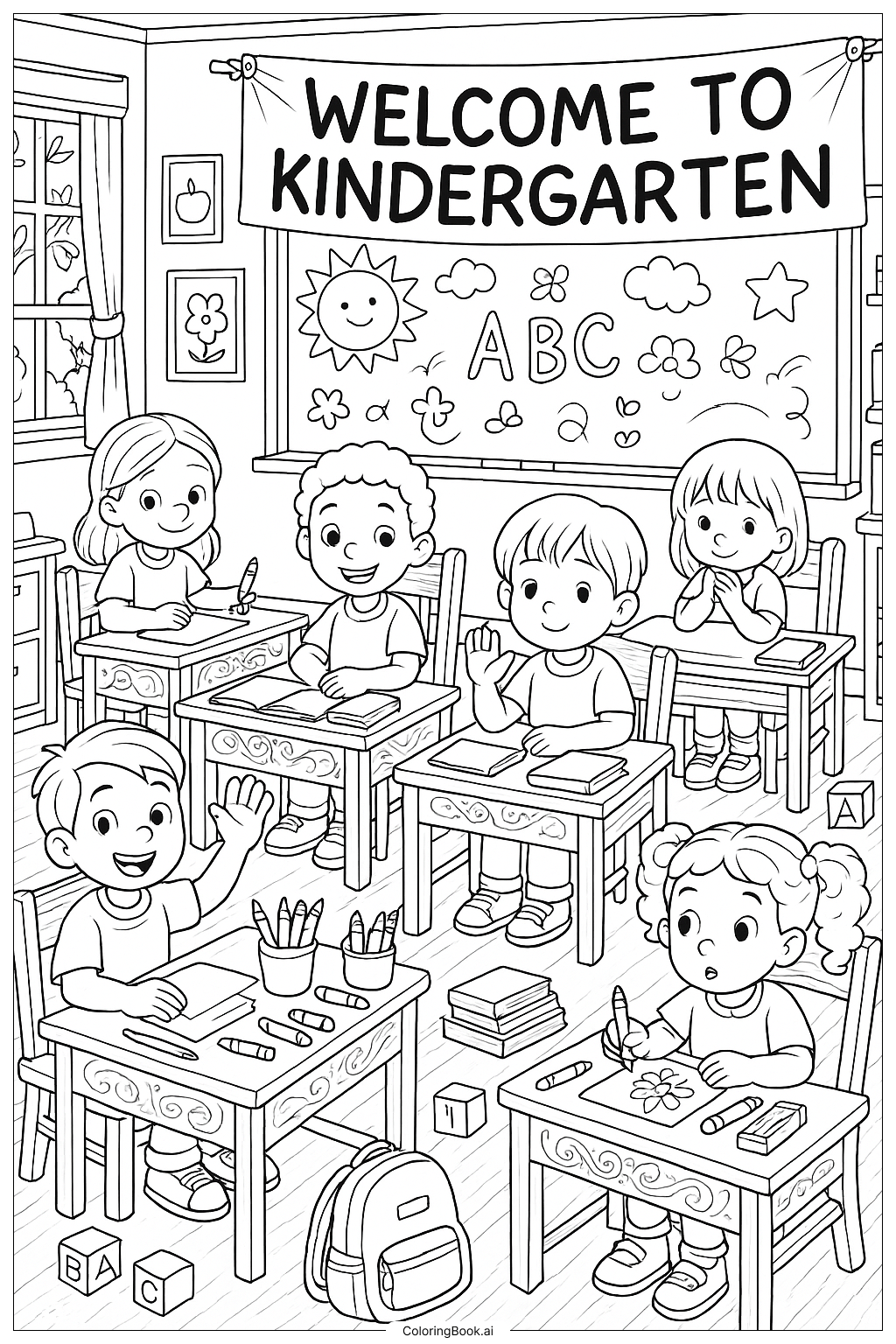Coloring tips: How to color Welcome To Kindergarten Science Experiment coloring page well?
Use bright and cheerful colors for the children’s clothes to show their excitement. Color the erupting volcano with red, orange, and yellow to look fiery. For the liquids in the test tubes and beakers, try different colors like blue, green, or purple to make the experiment fun. The walls and bookshelf can be light colors like beige or soft pastels. Use green shades for the plants and warm colors for the posters. For the rug under the table, use contrasting colors to make the pattern stand out. Finally, use skin tones that reflect diversity among the kids to celebrate inclusiveness.
Coloring challenges: Which parts are difficult to color and need attention for Welcome To Kindergarten Science Experiment coloring page?
1. Coloring the small liquids inside the test tubes and beakers can be tricky because they are small and have different shapes. 2. The detailed pattern on the rug under the table may take time and care to color evenly. 3. Coloring the scientific posters with the bee and planets requires attention to small lines and shapes. 4. The children's faces and hair need gentle coloring to keep their happy expressions clear. 5. Balancing bright colors for the characters and softer colors for the background takes careful planning to avoid making the image too crowded.
Benefits of coloring books: Advantages of drawing Welcome To Kindergarten Science Experiment coloring page
Coloring this picture helps children improve their focus and attention to detail. It encourages creativity by allowing them to choose colors for scientific objects and nature elements. The activity also teaches patience because of the many small parts to color. Coloring teamwork scenes like this one can inspire social skills and curiosity about science. Most importantly, it makes learning fun and strengthens fine motor skills through careful coloring.




